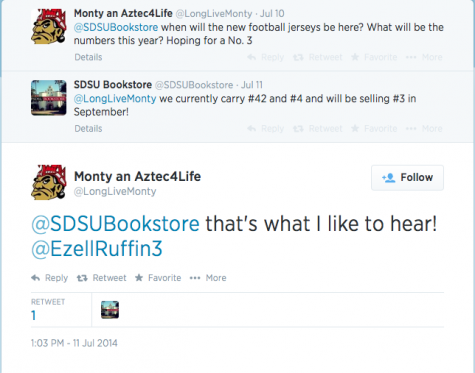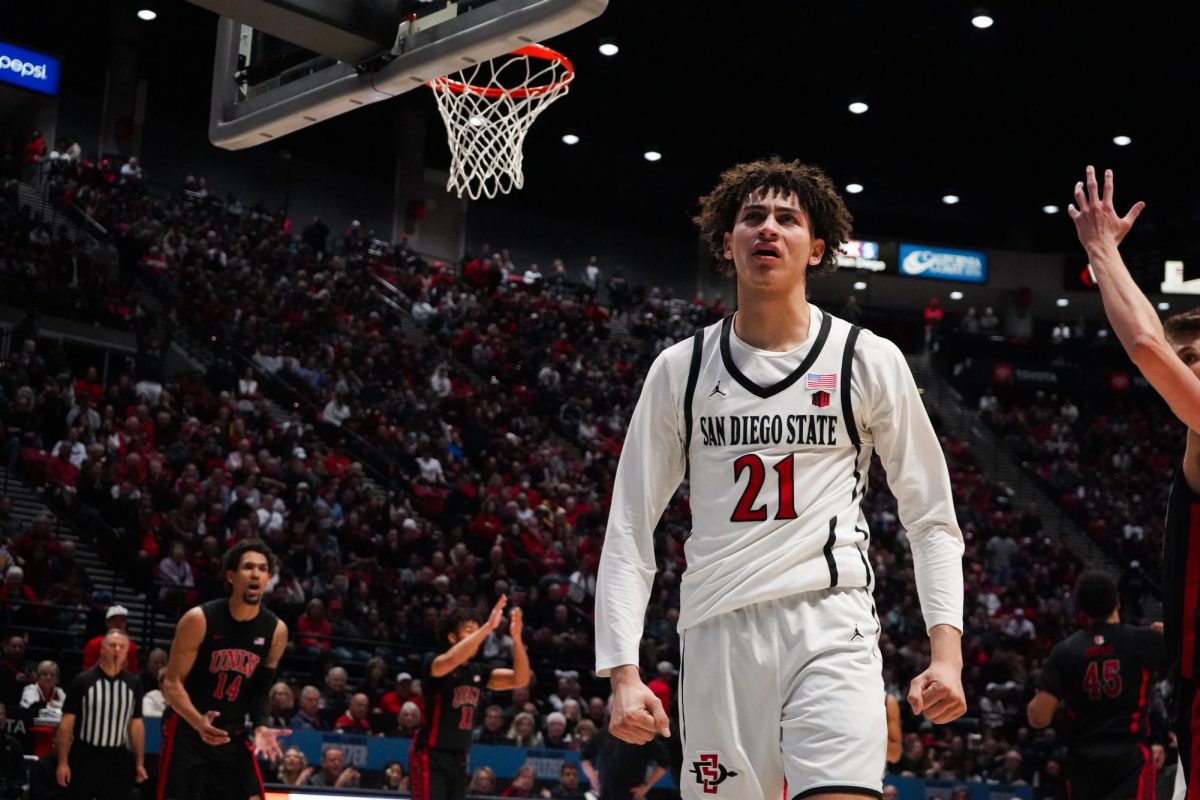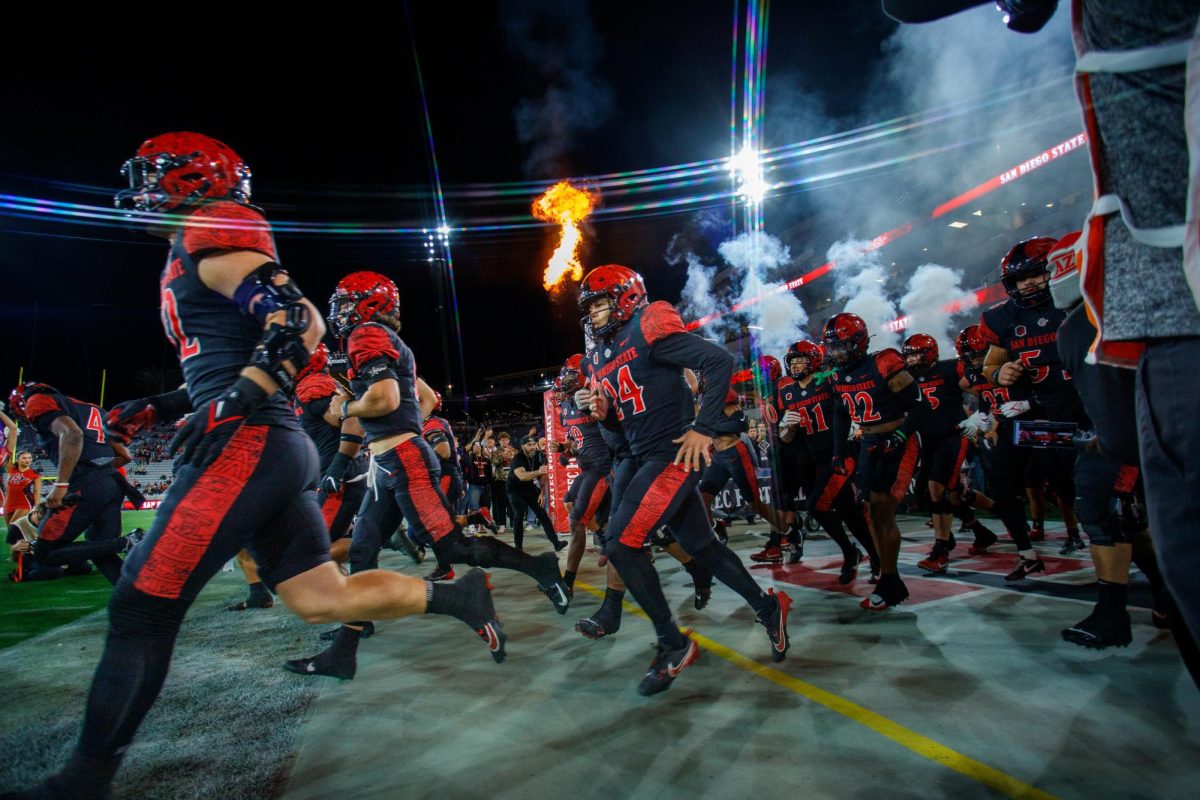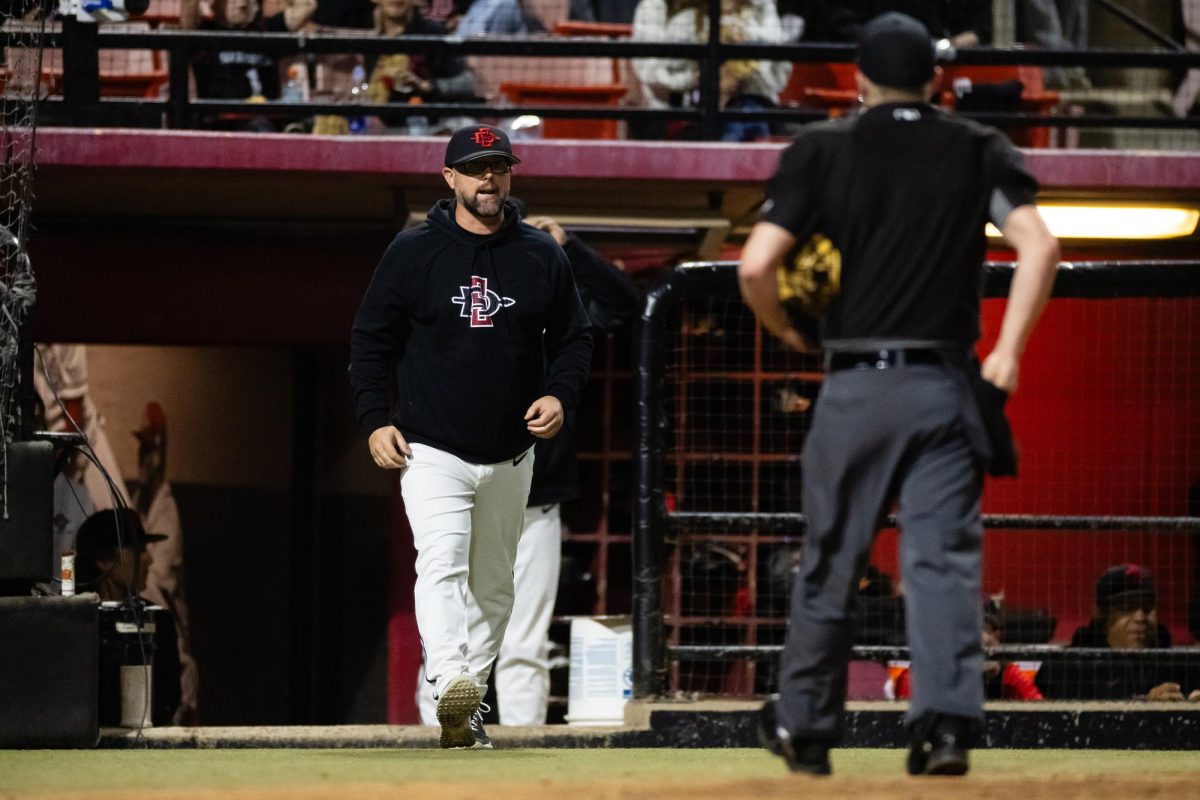Twin decisions last week supporting student-athlete compensation will drastically change Division I college football, but not college basketball. Let’s look at how San Diego State will be affected by the Power Five autonomy and student-athlete royalty compensation rulings.
Most think of teams competing for bowl games when talking about Division I college football. But there’s another branch of Division I football comprised of smaller programs competing only for post-season playoffs. The former is known as the Football Bowl Subdivision—or FBS—and the latter is known as the Football Championship Subdivision—or FCS.
There are approximately 120 programs in the FBS and 65 in the Power Five conferences. Because the Power Five receives more revenue—in 2013, it was more than $1 billion—they can absorb autonomy’s financial hits. The other 55 programs cannot because it raises tuition, ends free student tickets and levies taxes.
Post-autonomy, Division I’s FBS will splinter. Because there are approximately 130 programs in the FCS, adding 55 non-Power Five programs turns its playoff format into an unwieldy mess. Adding non-Power Five teams means the regular season will have to be shortened by at least two weeks to accommodate more playoff games. Even though these regular-season games aren’t huge revenue generators, surrendering even one week of gate receipts and broadcast revenue isn’t palatable to non-playoff-qualifying programs.
It’s better to create a third subdivision of Division I and call it the Power Five Subdivision.
Lowering SDSU to a middle-tier doesn’t lower its prestige. SDSU can’t realistically compete for a Power Five football National Championship. The current FBS playoff format is filled by Power Five teams and future versions will be too. With autonomy, there’s no reason for Power Five programs to give money to smaller programs in exchange for games, especially not after Power Five revenues shifts to student-athlete compensation. In other words, expect the Power Five to play only Power Five programs after current obligations expire.
Leaving the FBS intact means the best SDSU can do is playing in a meaningless bowl game, as it has for four straight seasons. Placing SDSU into a new tier opens a path to glory. Ask this: Would you rather freeze in Boise for an irrelevant Potato Bowl, or freeze in Boise for a National Championship game? Playing for a National Championship adds prestige to the Mountain West’s national TV contracts because SDSU’s season takes on greater importance as every game played shapes its championship possibility.
It also eliminates those pesky beat down games SDSU is forced to accept just to put money in the bank. Getting paid to be bludgeoned is what’s wrong with the college sports business model. I’ll be thrilled to see that end. Further, I doubt many tune into mismatched football contests as it isn’t often an upset occurs.
This isn’t the case in Division I basketball. We expect non-Power Five programs to make long runs in the tournament. Reducing the tournament to only the Power Five teams eliminates bracket busting fun. While CBS and ESPN focus primarily on Power Five football in the fall, they count on non-Power Five programs to add mystery in March.
This leaves royalty compensation. This affects all Division I programs instead of just the Power Five. While I feel a tinge of sympathy towards smaller programs trying to compete in football, I find that all Division I programs unjustly profit from its players’ images. Take a look at this Twitter exchange below:
Notice the reaction from “Monty.” Can you tell me with a straight face that the SDSU Bookstore didn’t have that effect in mind by offering the No. 3 football jersey? It’s a shame the ruling won’t take effect until July 1, 2016, because players such as Ezell Ruffin deserve royalties now.
The delayed ruling gives programs a chance to avoid paying royalties at all. That is what I think SDSU will do since it’s faced with either cutting non-revenue-producing sports or sharply raising revenue elsewhere.
Alternatives are already happening. Texas A&M, University of Arizona and Northwestern University stopped selling jerseys with a current star athlete’s number embossed. Instead, jerseys tied to the program’s history are sold there. Other universities are considering selling numbers corresponding to the current calendar year only. Some will sell number-less jerseys, allowing the buyer to attach a number elsewhere and negating royalty payments.
Collegiate athletics will look different in just a few years. But that difference will do more than just benefit student-athletes; I think it will also increase college football exposure to programs currently smothering under the Power Five’s immense presence.








